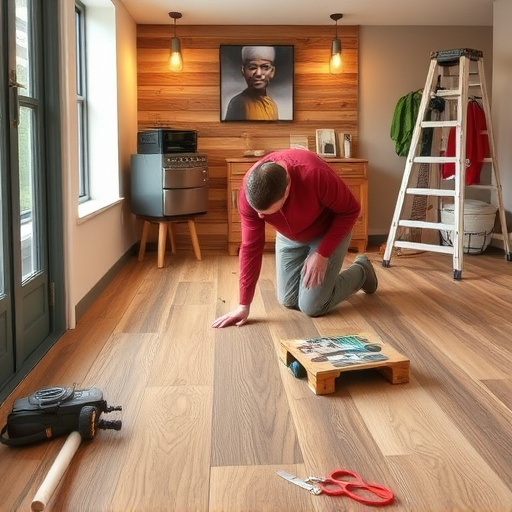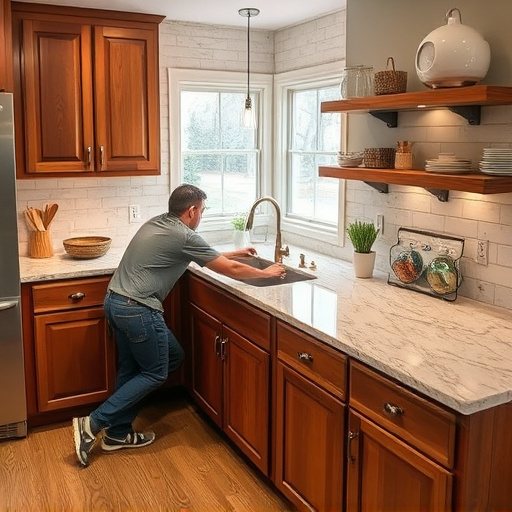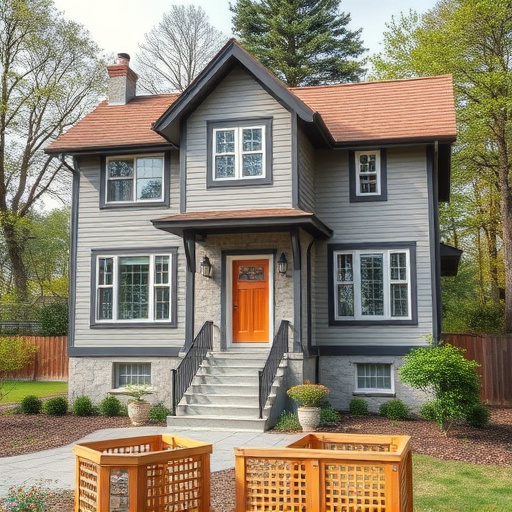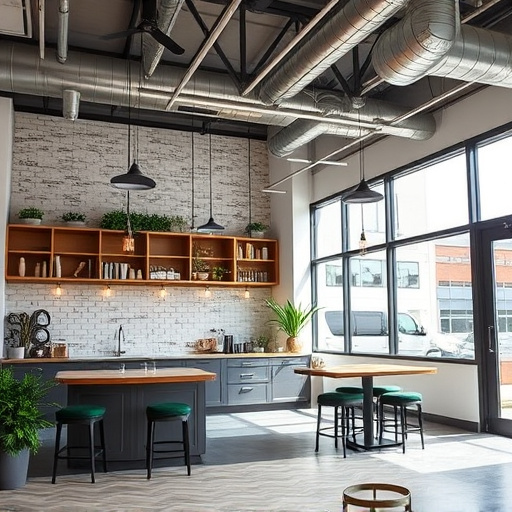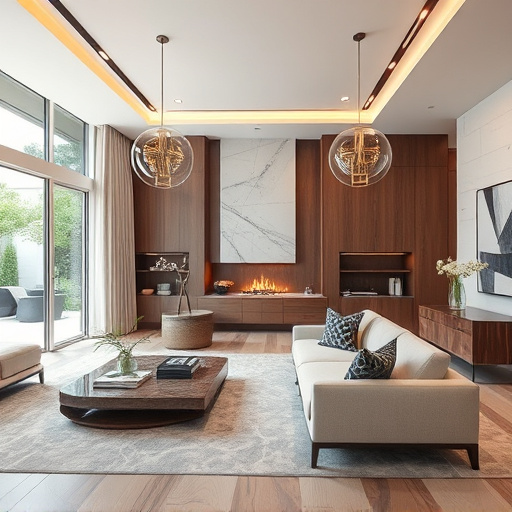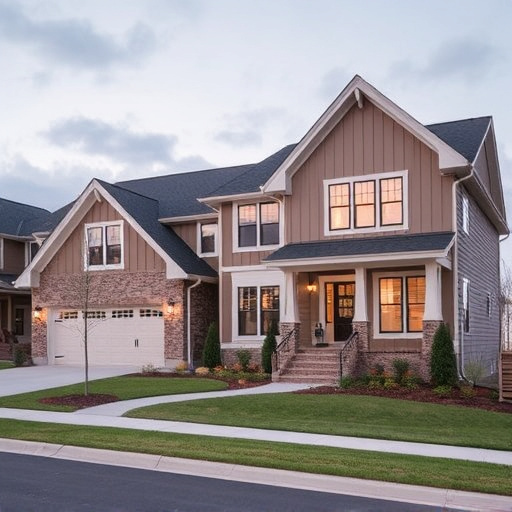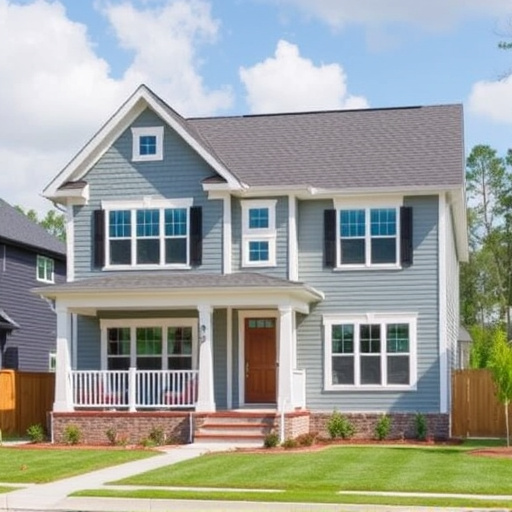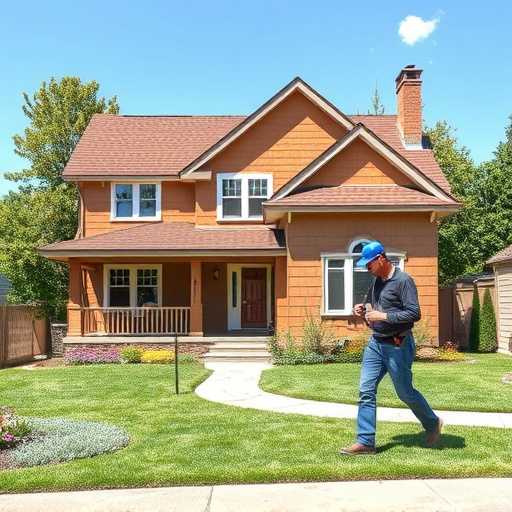Tech companies experiencing rapid growth require distinctive, flexible office design solutions that prioritize collaboration and innovation. Key elements include open floor plans, adaptable seating, natural light, technology integration, and dedicated spaces for brainstorming and relaxation. Strategic design optimizes space for growing teams while reflecting the company's innovative spirit and brand presence. Future-proofing through high-quality materials and smart technology ensures efficiency and reinforces values. Customized work areas foster a dynamic, welcoming environment that grows with the business.
In the dynamic landscape of tech companies, rapid growth presents both opportunities and challenges. This article explores the unique needs of tech firms undergoing swift expansion and provides insights into crafting efficient office designs. We delve into key elements that foster productivity and innovation while considering scalability as a fundamental aspect. By implementing strategic approaches to office design, businesses can future-proof their spaces, ensuring they remain competitive and adaptable in an ever-changing industry. Discover how optimal layouts, flexible furniture, and tech-integrated solutions can drive success.
- Understanding the Unique Needs of Tech Companies in Rapid Growth
- Key Elements for Effective Office Design in a Tech Company
- Strategies to Accommodate Scalability and Future-Proof Your Office Space
Understanding the Unique Needs of Tech Companies in Rapid Growth
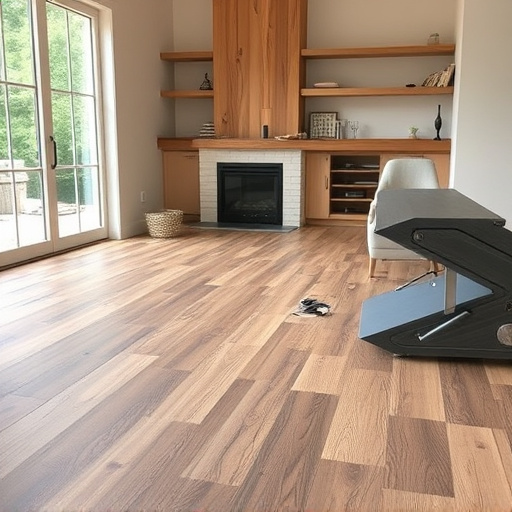
Tech companies experiencing rapid growth have distinct office design requirements that go beyond the standard corporate aesthetics. As they scale, their spatial needs evolve, demanding flexible and adaptable spaces to accommodate a growing workforce. The traditional cubicle setup may not cut it for tech hubs, where collaboration, innovation, and creativity thrive in open, dynamic environments. Therefore, office design for these companies should prioritize creating collaborative areas, meeting rooms for diverse team sizes, and dedicated spaces for brainstorming and relaxation, fostering an atmosphere that encourages idea exchange and problem-solving.
Understanding the agile nature of tech industries, these office designs should also incorporate elements that support a culture of continuous learning and adaptation. This may include integrating technology seamlessly throughout, providing ample charging stations for various devices, and offering areas for quiet focus alongside bustling collaboration zones, mirroring the diverse work patterns within tech teams. Just as residential renovations or multiple room remodels transform homes to suit changing lifestyles, office design must evolve to meet the unique needs of rapidly growing tech companies, ensuring their spaces remain vibrant hubs of innovation and productivity.
Key Elements for Effective Office Design in a Tech Company

Effective office design for tech companies with rapid growth should focus on creating a dynamic and collaborative environment that mirrors the innovative spirit of the business. Key elements include open floor plans, which facilitate communication and teamwork, and incorporate flexible seating options to cater to various work styles and preferences. Natural light and greenery are essential; they improve productivity, reduce stress, and create a more welcoming atmosphere. Additionally, technology integration is vital, ensuring reliable Wi-Fi connectivity, smart boards, and other digital tools that enhance collaboration and streamline operations.
Beyond the interior, seamless integration with surrounding areas can be achieved through exterior painting and home remodeling projects, enhancing the company’s visual appeal and establishing a strong brand presence. Even smaller spaces can be optimized through strategic home additions, such as dedicated meeting rooms or break areas, to support the growing team’s needs without compromising on design or functionality.
Strategies to Accommodate Scalability and Future-Proof Your Office Space
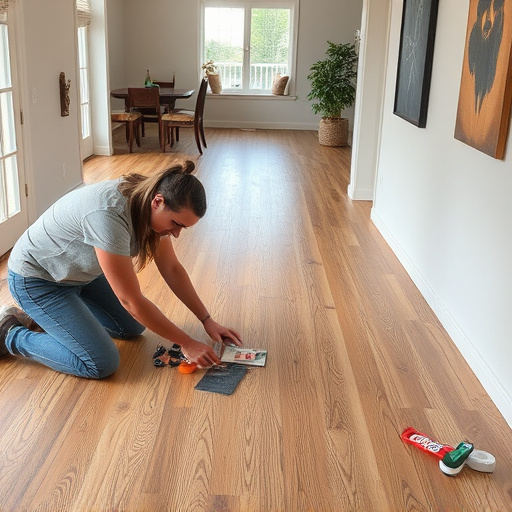
As a tech company with rapid growth, your office design should be a strategic investment that anticipates and accommodates scalability. One effective strategy is to create flexible spaces that can easily adapt to changing team sizes and layouts. This involves employing modular furniture systems that allow for quick reconfiguration, as well as open-plan areas that facilitate collaboration but also offer privacy when needed. By designing for both versatility and aesthetic appeal, you ensure a workspace that can grow with your company while maintaining a productive and inspiring environment.
Future-proofing your office space is another key consideration. Invest in high-quality materials and finishes that withstand heavy use and contribute to a durable design. Incorporate the latest technology, such as smart lighting systems and automated climate control, to enhance efficiency and employee comfort. Additionally, consider integrating sustainable practices through eco-friendly interior painting and home improvement services, which not only reduce environmental impact but also send a positive message about your company’s values. Customized work areas that cater to diverse roles and preferences further ensure that your office remains a dynamic and welcoming place for all employees as the business expands.
As tech companies experience rapid growth, their office design must adapt to accommodate scalability while future-proofing their spaces. By understanding the unique needs of these dynamic organizations and implementing key elements such as flexible layouts and technology integration, companies can create environments that foster innovation and productivity. Strategic planning ensures offices remain adaptable, enabling businesses to stay ahead in an ever-changing industry landscape through effective office design.






